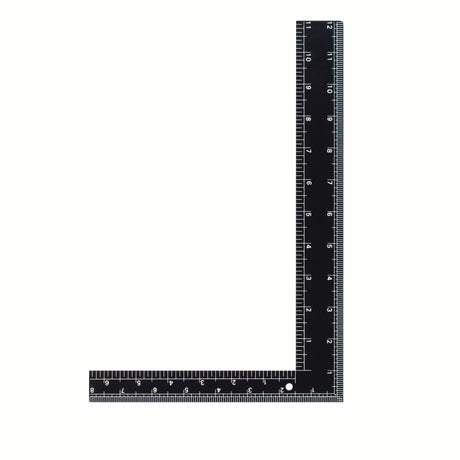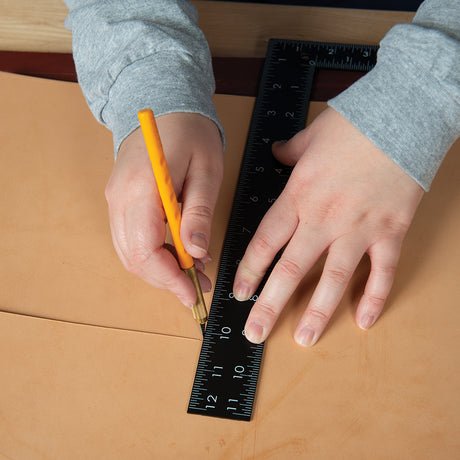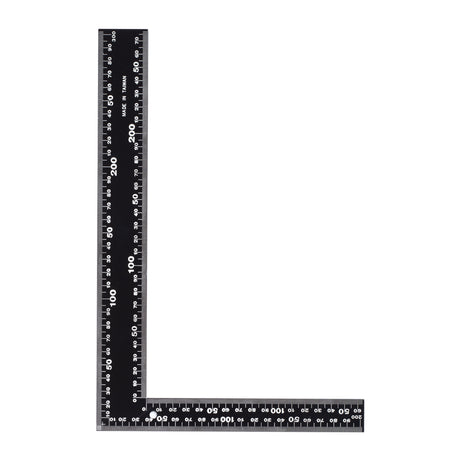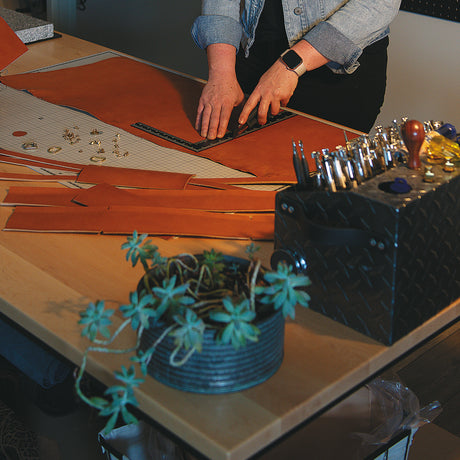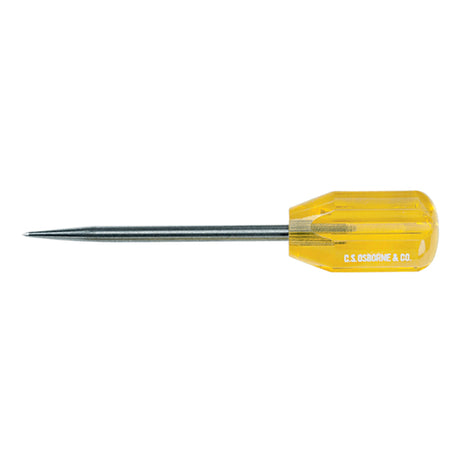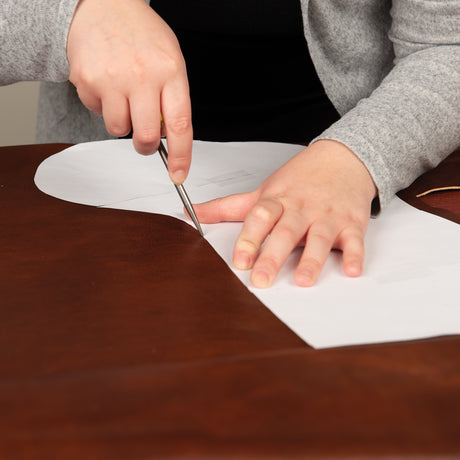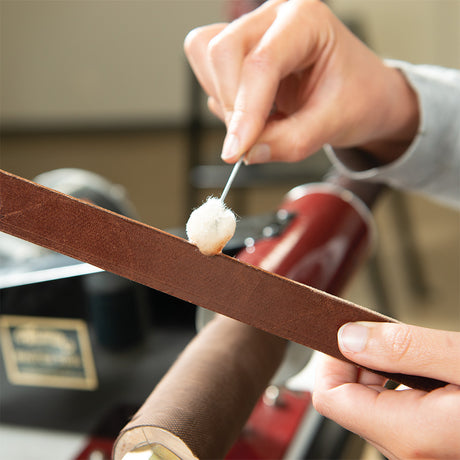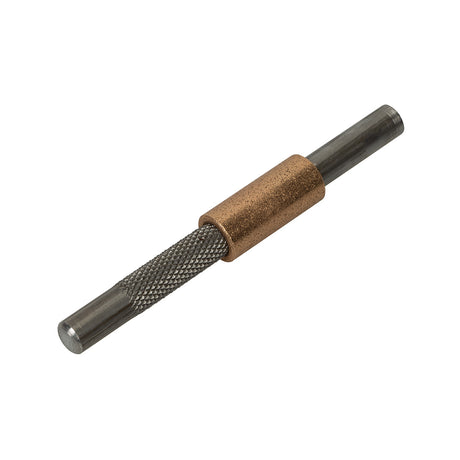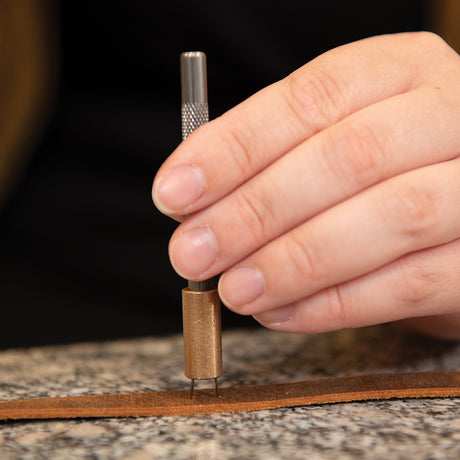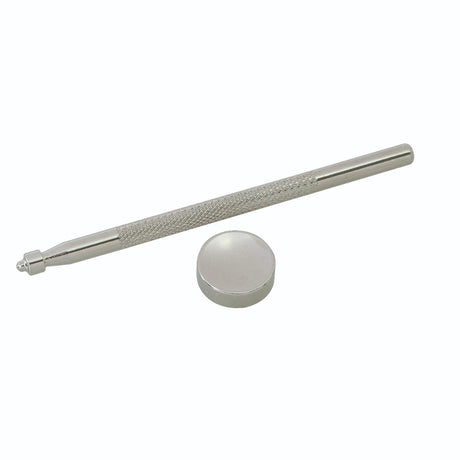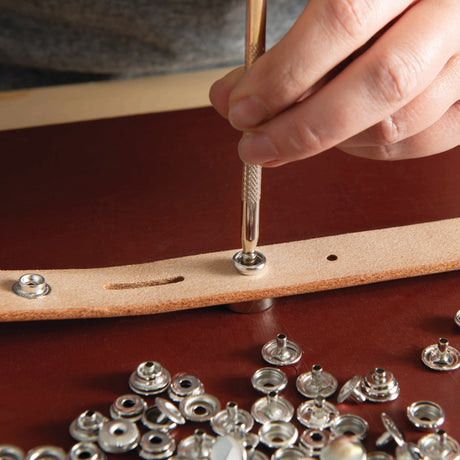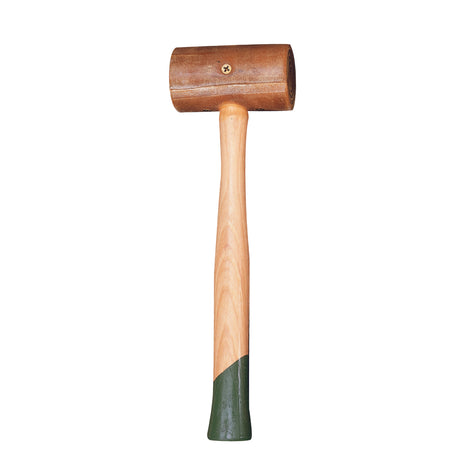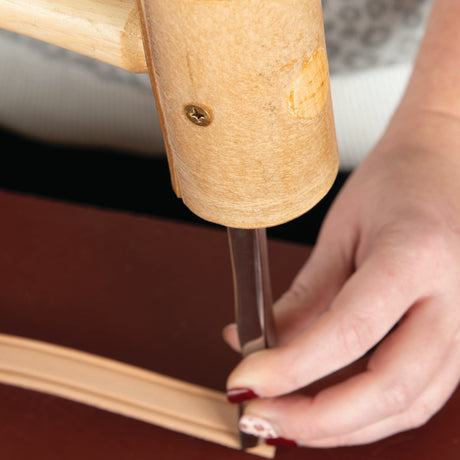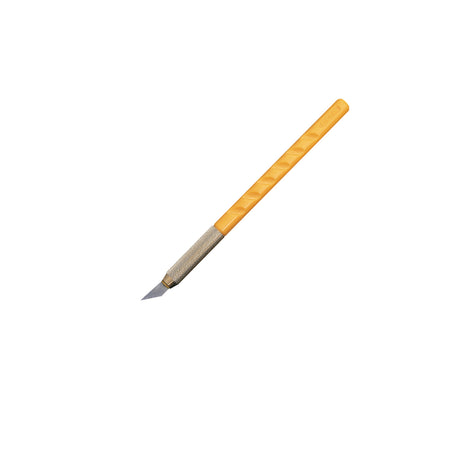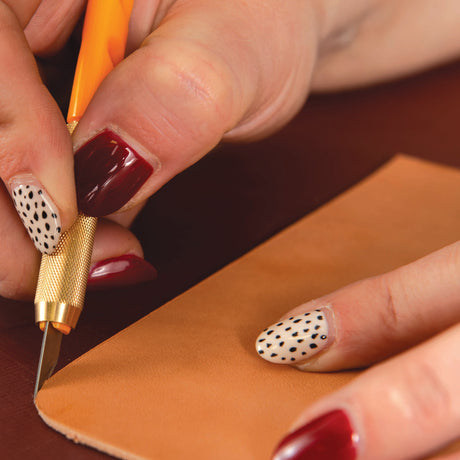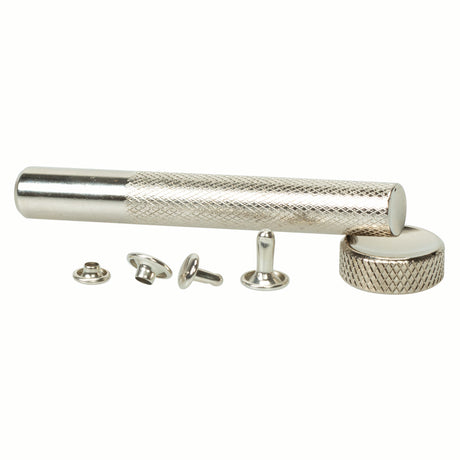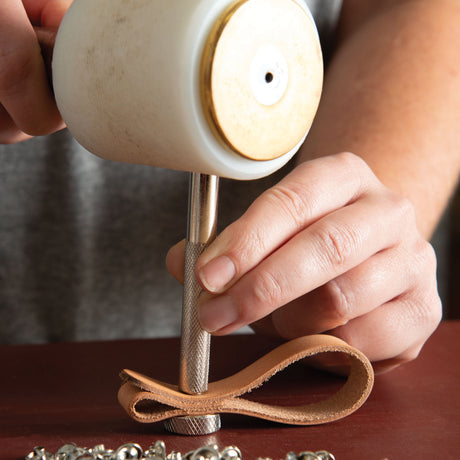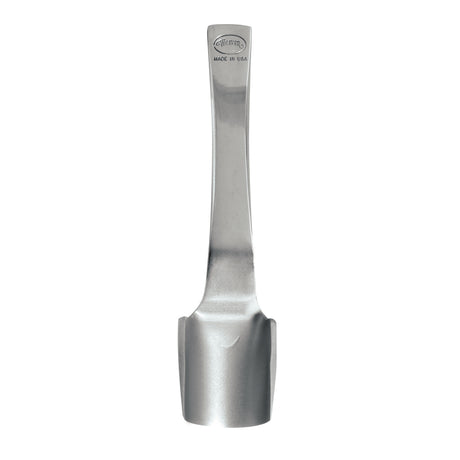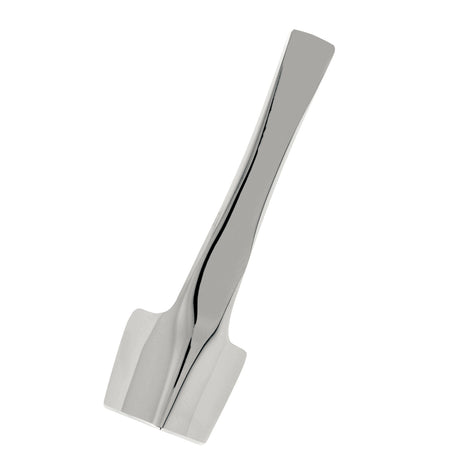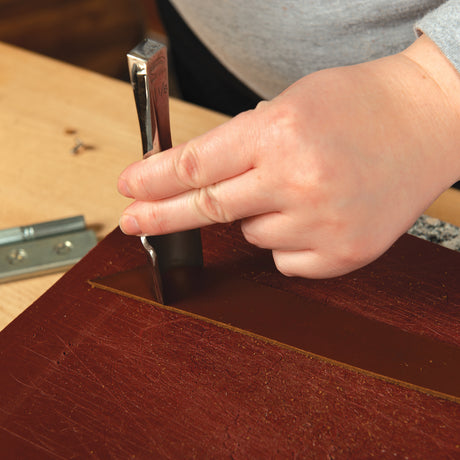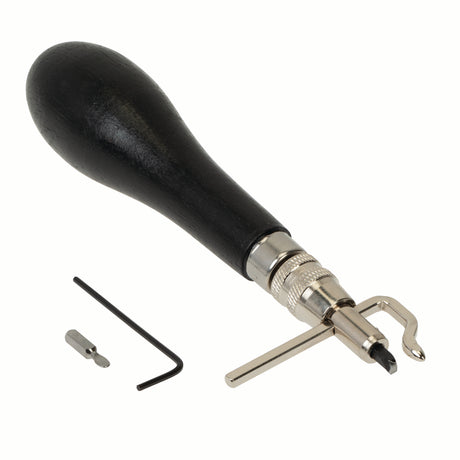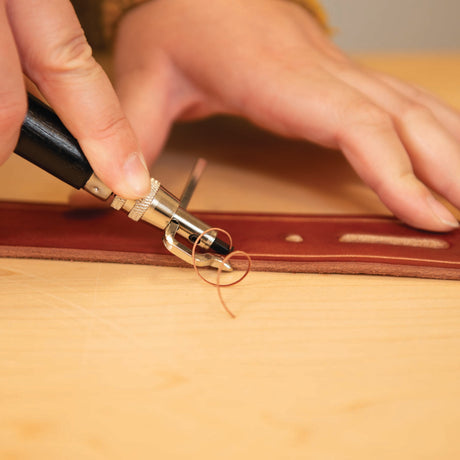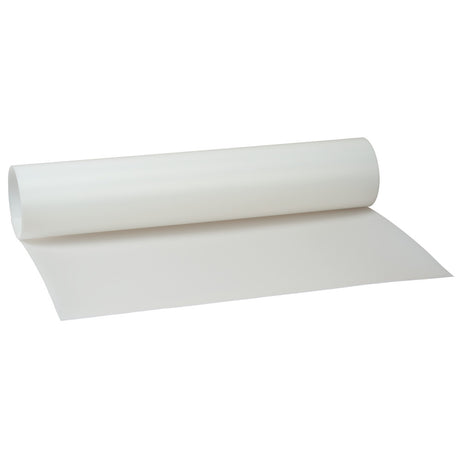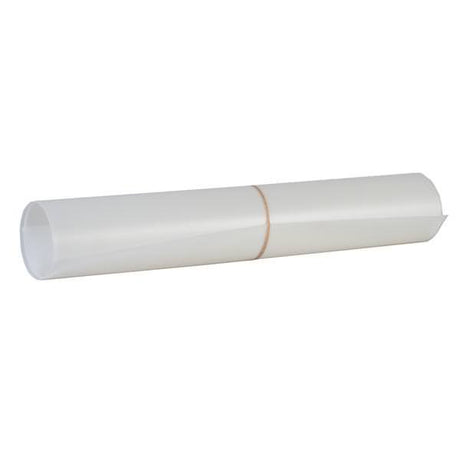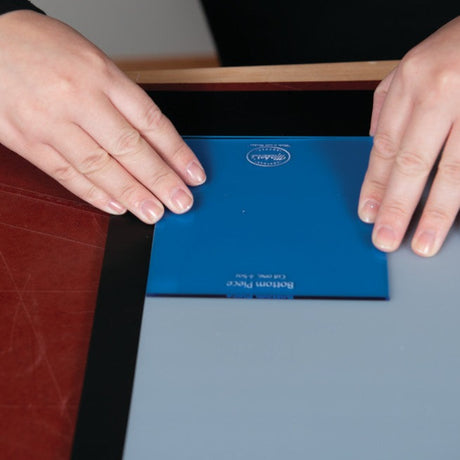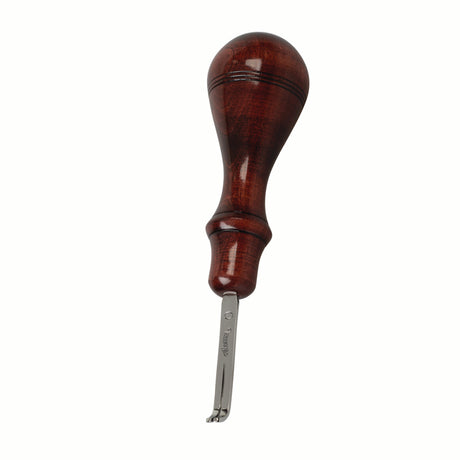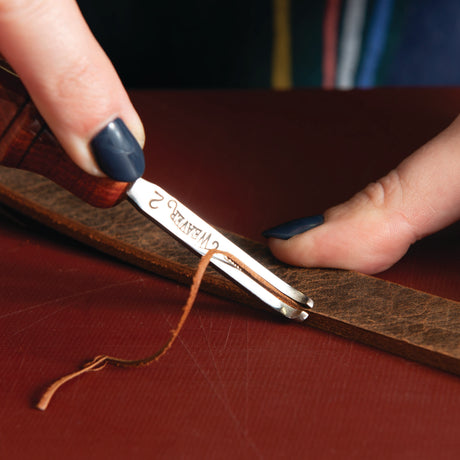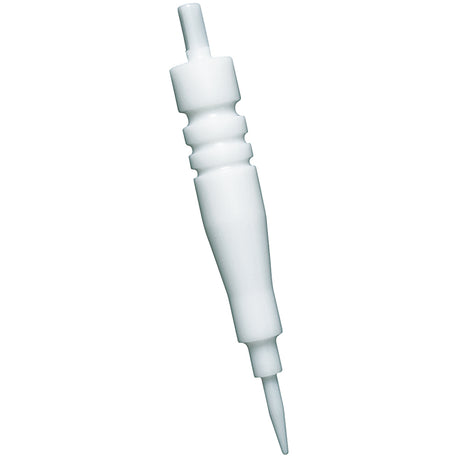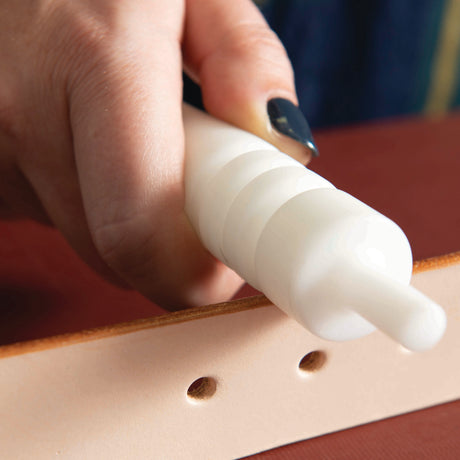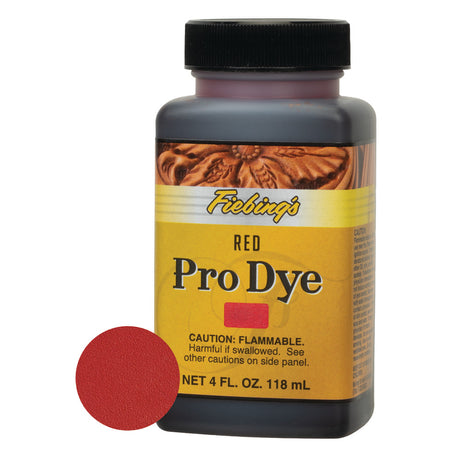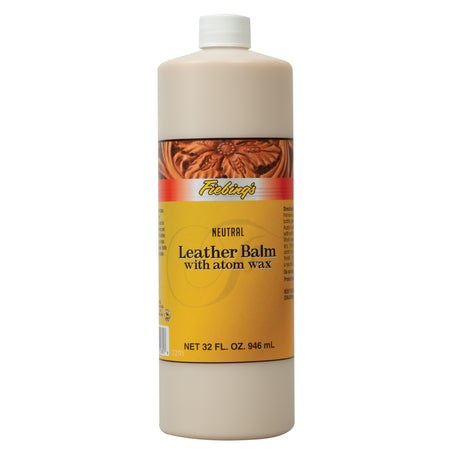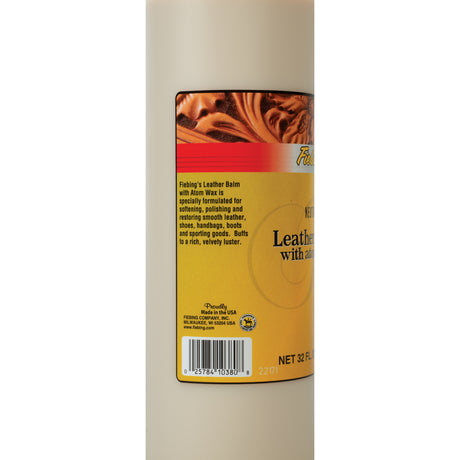Tools and Materials Used in This Project
12" x 8" Steel Square with Non-Slip Tape
Regular price $17.00Unit price /Unavailable- Regular price $14.10Unit price /Unavailable
#4 Heavy-Duty Scratch Awl 3-1/2"
Regular price $8.10Unit price /UnavailableMaster Tool English Point Punch
Regular price From $78.10Unit price /Unavailable- Regular price $4.10 Sold by 12 packUnit price /Unavailable
- Regular price $21.75Unit price /Unavailable
- Regular price $8.80Unit price /Unavailable
- Regular price From $85.00Unit price /Unavailable
- Regular price $11.60Unit price /Unavailable
#2200 Double Cap Rivet and Insta-Rivet Setter
Regular price $5.10Unit price /UnavailableMaster Tool Round Strap End Punch
Regular price From $78.10Unit price /Unavailable- Regular price $38.00Unit price /Unavailable
- Regular price $6.50Unit price /Unavailable
Dressing Sponge 1" H x 6" L x 4" W
Regular price $1.60Unit price /Unavailable- Regular price $57.00Unit price /Unavailable
- Regular price $40.25Unit price /Unavailable
- Regular price $19.20Unit price /Unavailable
Fiebing's Leather Balm with Atom Wax, Neutral, Quart
Regular price $33.29Unit price /UnavailableFiebing's Edge Dye Finish and Applicator
Regular price $9.49Unit price /Unavailable

